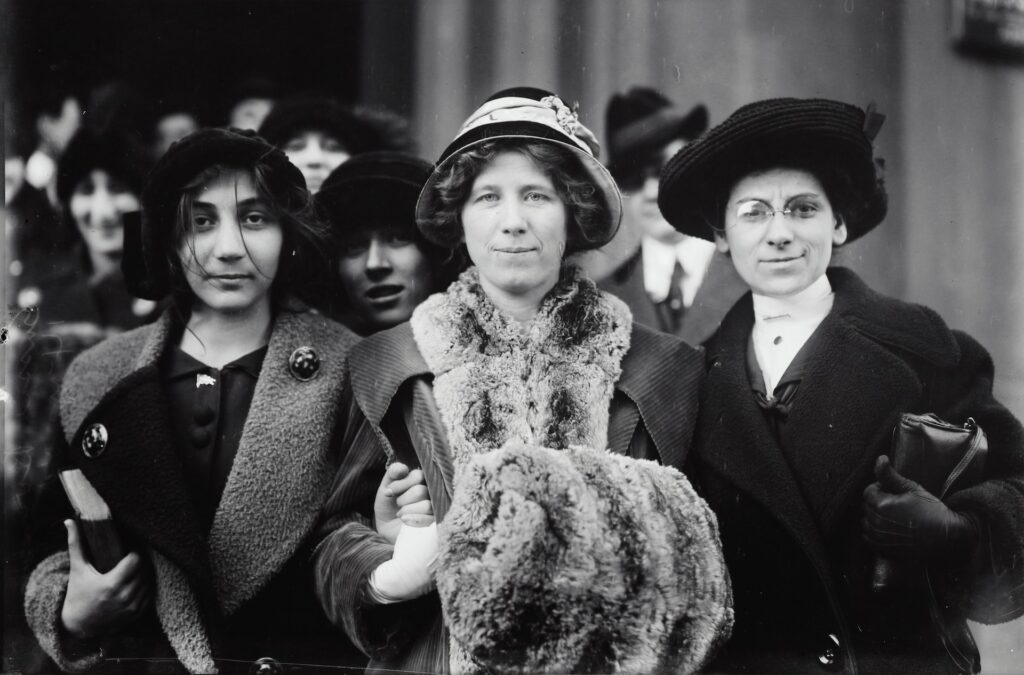In old-timey Greece and early Rome, as well as in the few democracies that had come about by the latter part of the 18th century in Europe, women were not allowed to vote. Although the voting age in the UK was expanded to 18 in 1832, women were still denied the ability to vote in any elections. Although Great Britain and the United States were at the forefront of the fight for women’s suffrage in the 19th century, they were not the first nations to give women the vote on a national level.
Here are the top 3 women’s suffrage movement facts.

Women’s suffrage in the United States might trace its origins to the abolitionist struggle
Women’s suffrage advocates were first drawn to the cause via the abolitionist movement of the 1830s. Women were given platforms to advocate for the emancipation of enslaved people via public speaking, writing, and organizing by abolitionist organizations like the American Anti-Slavery Society (AASS), headed by William Lloyd Garrison. Angelina and Sarah Grimké, Lucretia Mott, Harriet Beecher Stowe, and former slave Sojourner Truth, well known for her “Ain’t I a Woman?” speech in 1851, were all prominent female abolitionists.
All the women at the 1840 World Anti-Slavery Convention that Mott and Elizabeth Cady Stanton attended were sent to the gallery. Around seven years later, in 1848, they had coordination in the first U.S. women’s rights conference at Seneca Falls, New York, due to their outrage.
Fashion trends emerged as part of the women’s liberation movement
Elizabeth Smith Miller, a resident of Geneva, New York, introduced a revolutionary new style in 1851 when she wore a skirt that reached just below the knee and full pantaloons in the manner of Turkey that were gathered at the ankle. Miller’s attire was featured in stories written by and illustrated in The Lily, a groundbreaking newspaper for women published by Amelia Jenks Bloomer. She advocated for this new fashion trend and wore a skirt similar to the promoted one. The so-called “bloomers” not only made it simpler for women to go through doors, onto carriages and trains, and through wet, muddy streets, but they also exposed the fact that ladies did have legs beneath their skirts (gasp!).

Susan B. Anthony illegally participated in the 1872 presidential election, along with at least 15 other women
It’s estimated that 172 black and white women went to the polls in Vineland, New Jersey, in 1868 and voted in the national election using their ballots and the ballot box. Nearly a hundred women attempted to become voters in the District of Columbia and several states between 1870 and 1872. In 1872, Susan B. Anthony organized a group of 16 women in Rochester, New York, to lobby for women’s suffrage.
The Final Word On Suffrage
In the first half of the 20th century, women gained the right to vote or achieved parity with males in voting in 28 more nations. Canada, Germany, Austria, and Poland joined in 1918; Czechoslovakia did so in 1919; and France, Italy, Romania, Yugoslavia, and China joined the organization after WWII. In 1949, the constitution of India granted women the right to vote; in 1956, the same was true in Pakistan. Women have the right to vote “on equal terms with males, without any discrimination,” according to the 1952 UCPRW.
